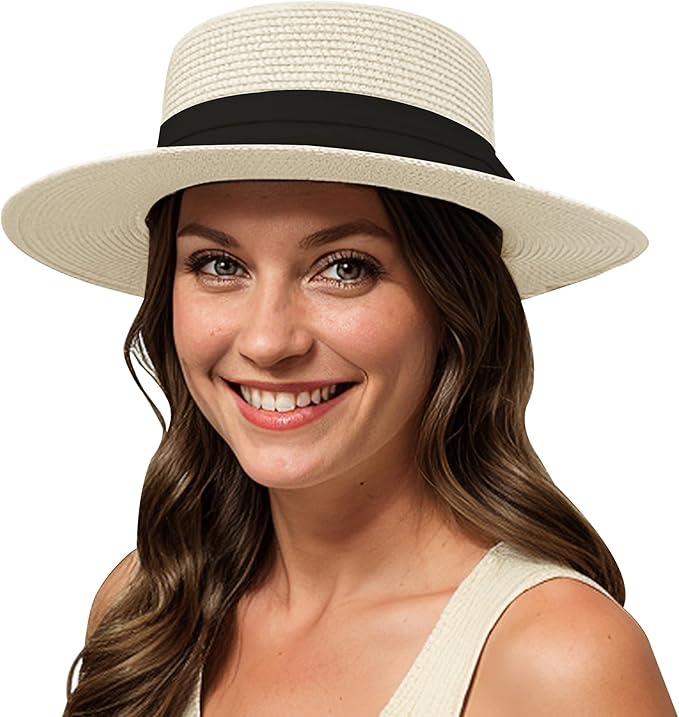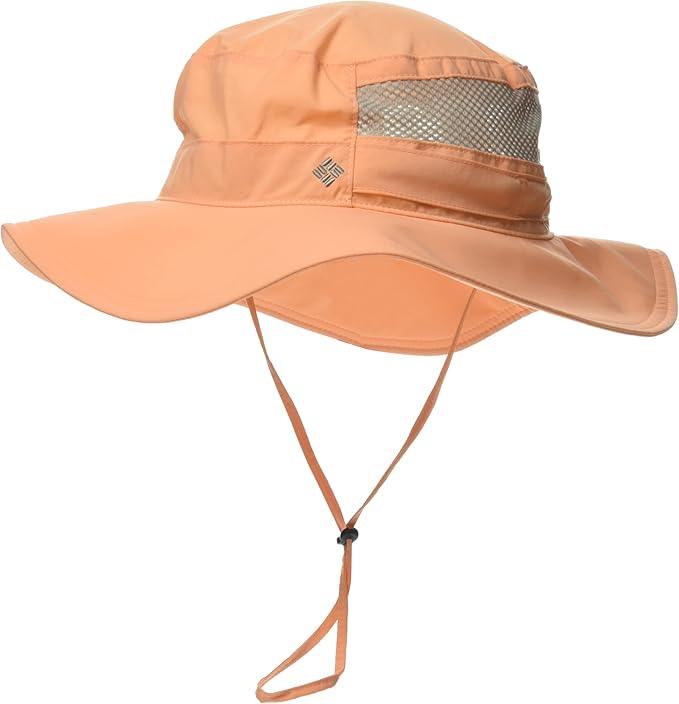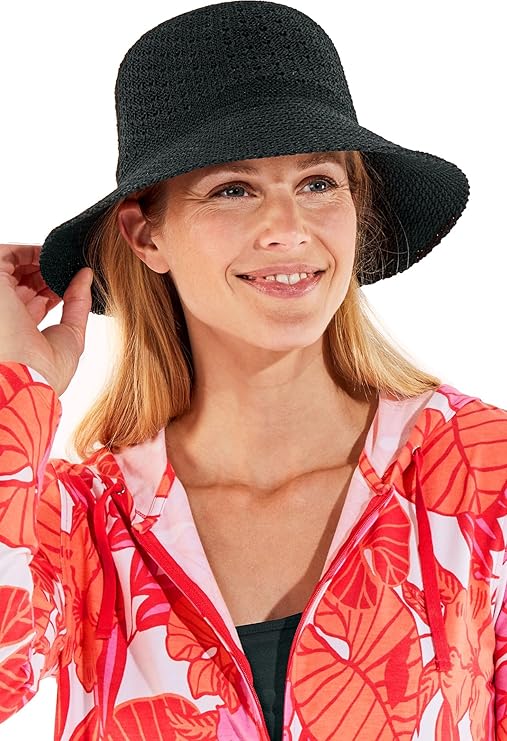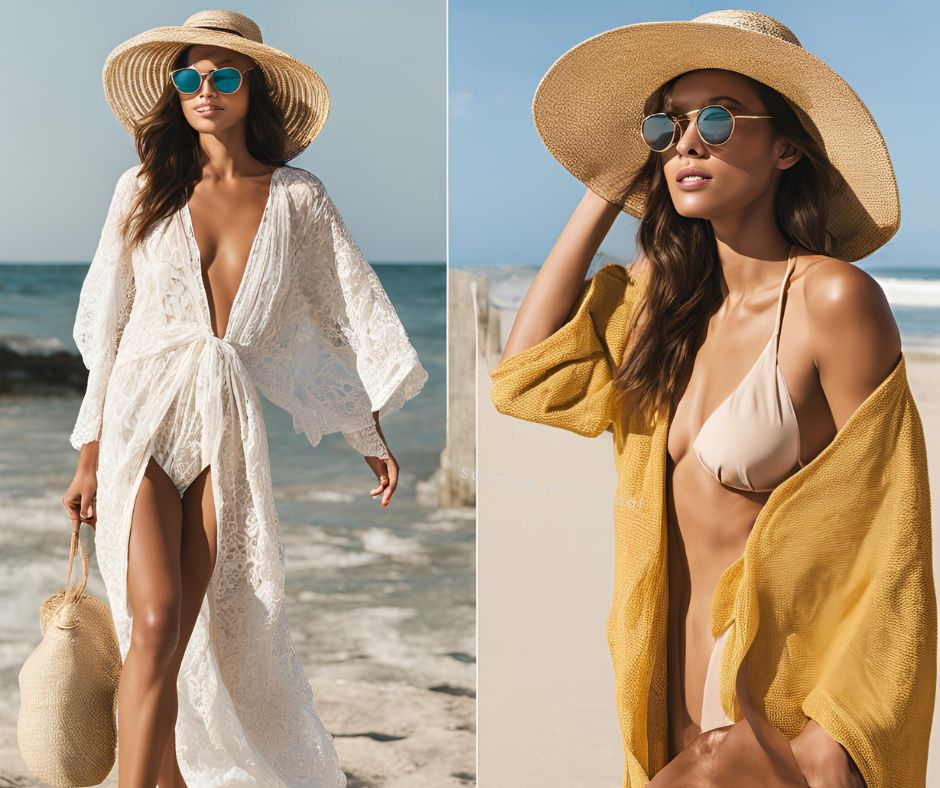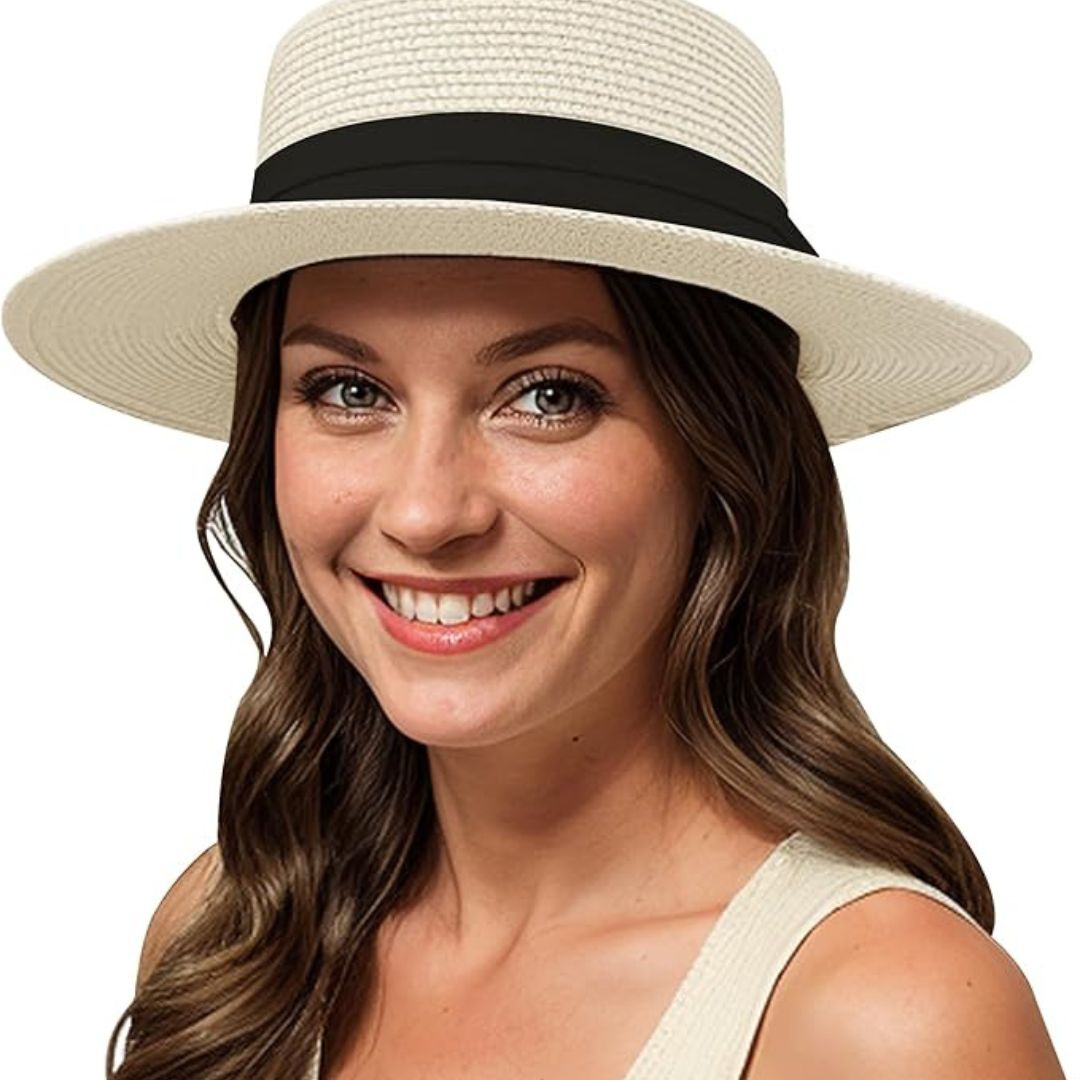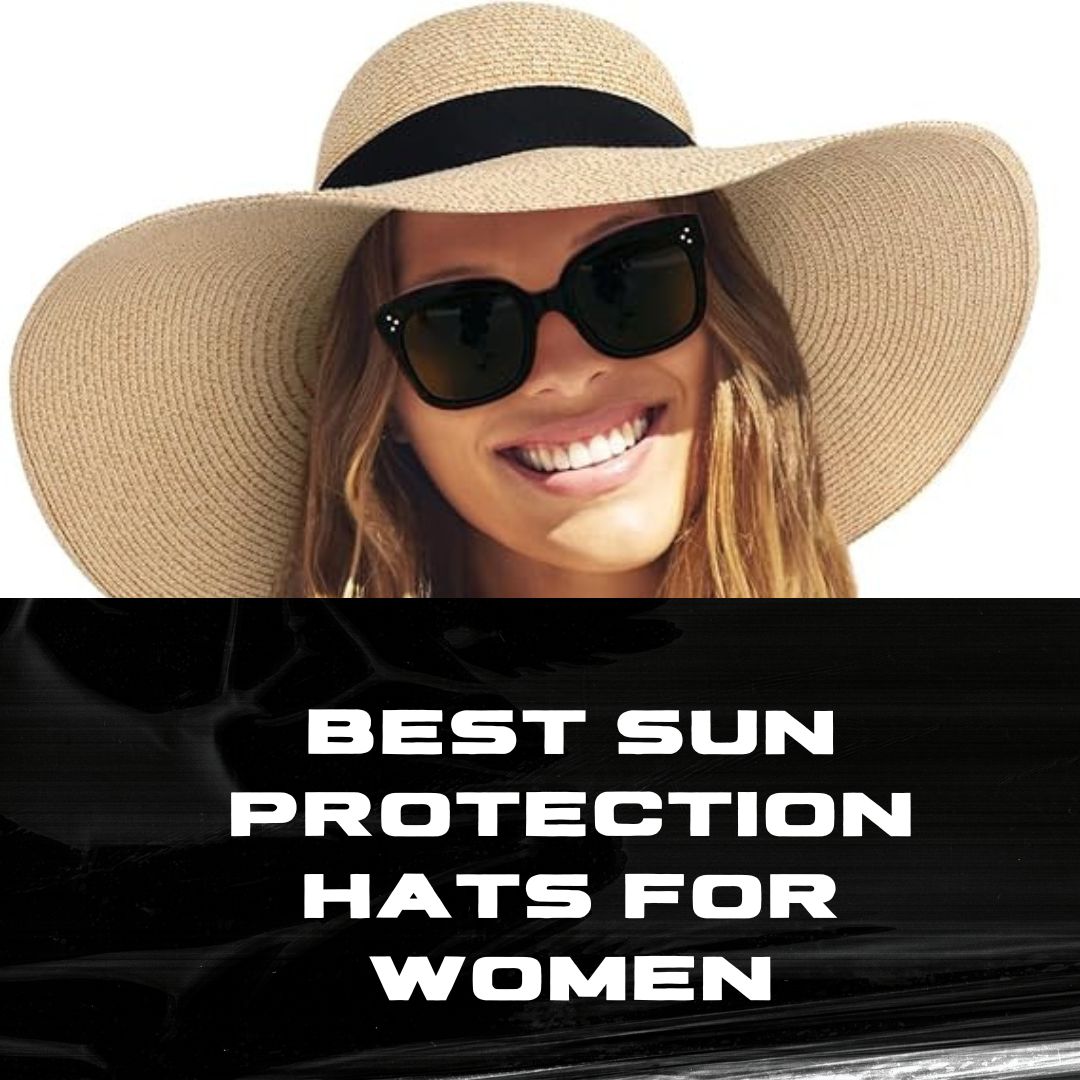Are Straw Hats Good For Sun Protection -The Untold Truth
Are straw hats good for sun protection? It sounds like the kind of question you’d ask while lounging on a beach, wearing one, and sipping a cold drink. It feels like a no-brainer, right?
You’ve got this wide-brimmed hat made of natural materials, and it’s shading your face, so surely, you’re well-protected from the sun’s wrath! But is that actually true, or have we all been lured into a false sense of security by the timeless charm of a good straw hat?
After all, not all hats are created equal. Before you throw on that straw hat for your next outdoor adventure, let’s get to the heart of the matter and settle it once and for all. So, are straw hats good for sun protection, or are we just fashionably fooling ourselves?
Are Straw Hats Good for Sun Protection?
Okay, let’s answer this right away: Are straw hats good for sun protection? The short answer is, yes, but it depends – mainly on the type of straw hat you’re wearing.
Not all straw hats are created equal when it comes to shielding you from the sun. Some are fantastic at providing shade, while others leave you as exposed as if you weren’t wearing a hat at all.
Straw hats can offer decent sun protection if they meet a few key criteria. A wide brim? Definitely. A tight weave? Even better. However, straw itself isn’t inherently designed to block UV rays.
Think of it as an umbrella that works great at blocking the rain… unless it’s full of holes. A loose, airy weave might feel perfect for staying cool on a hot day, but it also lets sneaky UV rays slip through and reach your skin.
So, while your straw hat looks great and keeps your head cool, it may not be enough to protect you fully from the sun’s harmful effects.
But don’t despair! There are plenty of ways to make your straw hat more effective for sun protection, and I’ll guide you through those tips and tricks in a bit. First, let’s dive into why sun protection even matters in the first place.
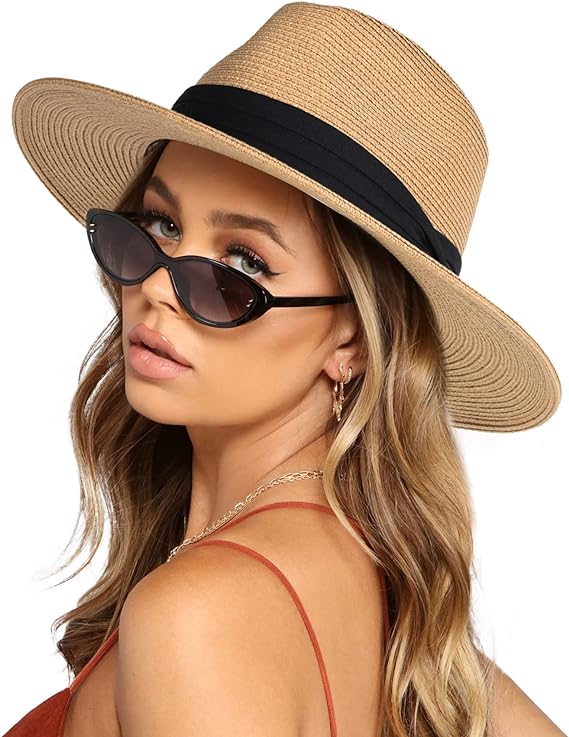
Why Does Sun Protection Even Matter?
To understand why it’s so important to ask, “Are straw hats good for sun protection?” we have to look at what we’re protecting ourselves from in the first place: UV radiation. The sun emits two types of UV rays that are particularly harmful—UVA and UVB. Both of these rays can wreak havoc on your skin causing:
- Sunburn: Most of us have experienced sunburn. It’s not just a temporary inconvenience; repeated sunburns increase your risk of skin damage over time.
- Premature Aging: UV rays can accelerate the aging process by breaking down collagen in the skin, leading to wrinkles, dark spots, and leathery texture.
- Skin Cancer: UV exposure is the leading cause of skin cancer, including melanoma, which can be deadly if not caught early.
So, shielding yourself from UV rays is non-negotiable if you want to avoid sun damage. But are straw hats enough? Let’s dive into the details of how they stack up.
The Perks of Straw Hats: Why They’re So Popular
Before we get into the nitty-gritty of UV protection, let’s take a minute to appreciate why straw hats are a go-to choice for so many people during sunny days. They’ve been around for centuries, and it’s not just because they look good (although they do). Here’s why they’ve stuck around:
- Breathability: Straw hats are incredibly breathable, making them comfortable to wear in hot weather. That open weave allows air to circulate, keeping you cool while providing some shade.
- Lightweight: Unlike heavier hats, straw hats are typically light, making them ideal for long wear without feeling like you’ve got a brick sitting on your head.
- Fashion Statement: Whether you’re strolling down a beach, sitting poolside, or attending a summer festival, straw hats just scream “vacation vibes.” They’re timeless, stylish, and work with almost any summer outfit.
But do these fashion and comfort perks translate into effective sun protection? Let’s break down how well straw hats perform when it comes to keeping those harmful UV rays at bay.
|
|
|
|
How Effective Are Straw Hats for Sun Protection?
Are straw hats good for sun protection? The real answer lies in the details: material, weave, and brim size. These three factors are key in determining how effective your straw hat will be at blocking harmful UV rays.
1. The Material: Straw vs. Modern Fabrics
Straw is a natural, lightweight material that’s perfect for keeping you cool. But, on its own, it doesn’t provide a lot of UV protection. Unlike modern fabrics that are specifically designed with UPF (Ultraviolet Protection Factor) ratings, straw isn’t always up to the task.
Hats made from UPF-rated fabrics block up to 98% of UV rays, which makes them a clear winner when compared to untreated straw.
If you love straw hats but want to enhance their sun protection capabilities, look for hats that are treated with a UV-blocking agent. This treatment can significantly boost the hat’s ability to block harmful rays without compromising the look and feel of the straw.
2. The Weave: Tight vs. Loose
This is where a lot of people get caught up. Sure, straw hats are good for sun protection in theory, but if they’re loosely woven, you’re going to have a problem. A loose weave, while great for airflow, leaves a lot of tiny holes for sunlight (and UV rays) to sneak through.
You might not notice it, but if your hat casts a dappled shadow, that’s a sign those UV rays are slipping through and reaching your skin.
To maximize sun protection, opt for a straw hat with a tight weave. You can test the weave by holding the hat up to the light – if you see significant gaps, it’s not going to provide the best protection. A hat with a dense, tight weave will block more UV rays and keep your skin safer.
3. The Brim Size: Go Wide or Go Home
If you want a straw hat that’s going to protect you from the sun, brim size is crucial. The wider the brim, the more shade you’ll get – not just on your face but also on your neck, ears, and shoulders. A narrow-brimmed hat may look cute, but it won’t shield as much of your skin from direct sunlight.
Aim for a brim that’s at least 3 inches wide. The bigger, the better when it comes to keeping UV rays at bay. Wide-brimmed straw hats can be a great tool for sun protection if you pick one that casts enough shade over the critical areas like your face, neck, and shoulders.
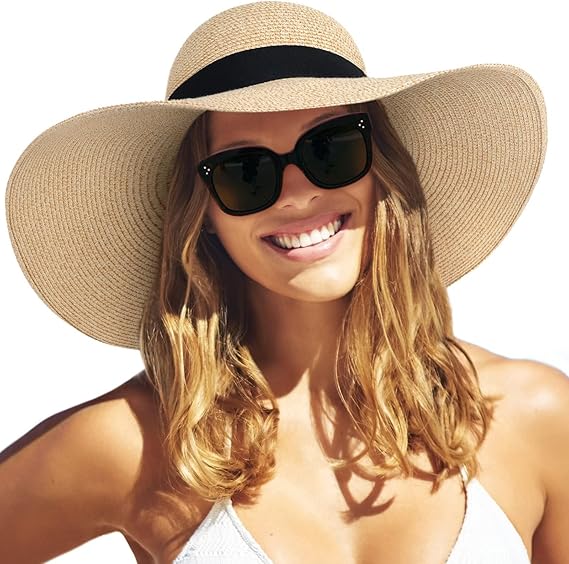
Choosing the Right Straw Hat
If you’ve decided that you want to keep rocking a straw hat, but you also want to stay safe under the sun, here’s a quick checklist to ensure you’re making the best choice:
- Go for a Wide Brim: The wider the brim, the better the shade. Aim for at least 3 inches, but more is always better.
- Look for a Tight Weave: A tightly woven straw hat offers much better sun protection than one with a loose weave. Hold it up to the light – if you can see too much sunlight streaming through, consider a denser option.
- Consider UV-Treated Hats: Some straw hats are treated with UV-blocking chemicals, which can significantly increase their effectiveness at blocking harmful rays.
Comparing Straw Hats to Other Hats: Do They Measure Up?
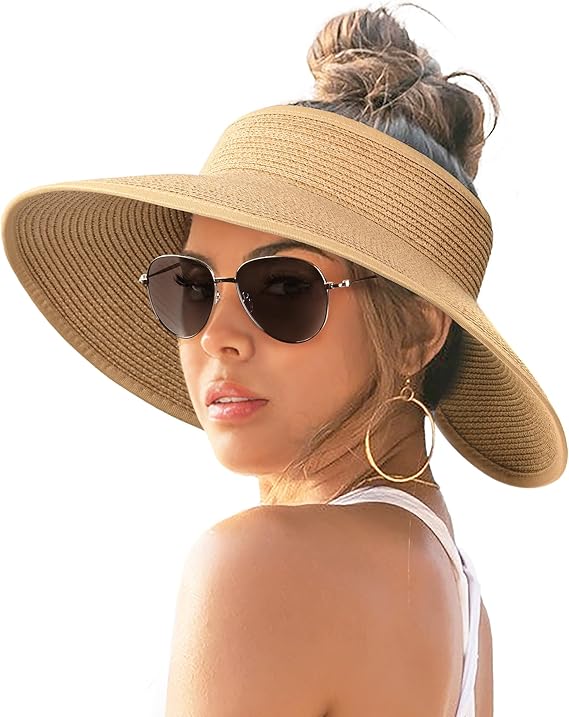
So far, we’ve asked, “Are straw hats good for sun protection?”, and the answer has been: yes, but…. But how do straw hats compare to other types of hats when it comes to sun protection? Let’s take a closer look.
Straw Hats vs. UPF-Rated Fabric Hats
UPF-rated fabric hats are specifically designed to protect you from the sun’s harmful rays. They’re made from materials that block UV radiation and come with a UPF rating (like SPF in sunscreen).
For instance, a hat with a UPF 50+ rating blocks out 98% of UV rays. In contrast, most straw hats – unless UV-treated – don’t come with a guaranteed level of protection.
When it comes to pure UV-blocking ability, UPF-rated fabric hats are the clear winners. If you’re spending hours in direct sunlight and want maximum protection, fabric hats with a high UPF rating are your best bet.
Straw Hats vs. Baseball Caps
Baseball caps are a favorite for casual outdoor activities, but when it comes to sun protection, they fall short. While they shield your forehead and a small part of your face, they leave key areas like your neck and ears completely exposed.
In contrast, wide-brimmed straw hats cover much more surface area, making them a better option for overall protection.
Are straw hats good for sun protection when compared to baseball caps? Definitely. A wide-brimmed straw hat offers much better coverage than a standard baseball cap.
Straw Hats vs. Bucket Hats
Bucket hats are often made from sun-protective fabrics and feature a brim that offers decent coverage. They’re lightweight, comfortable, and versatile, but they usually don’t provide the same level of shading as a wide-brimmed straw hat.
Both hats have their strengths, but if you’re looking for more shade, especially for your neck and shoulders, a wide-brimmed straw hat is the better choice.
READ ALSO: How To Wear A Sun Hat – Tips for Style, Comfort, and Confidence
Maximizing Sun Protection While Wearing a Straw Hat
Are straw hats good for sun protection on their own? Sometimes yes, but there’s more you can do to ensure you’re protected. Here’s how to up your sun safety game while rocking your favorite straw hat:
- Wear Sunscreen: Even with a hat, UV rays can reflect off surfaces like water and sand, so always wear a broad-spectrum sunscreen (SPF 30 or higher) on exposed skin.
- Accessorize with a Scarf or Bandana: For added protection, wear a lightweight scarf or bandana underneath your straw hat. This can help block any sunlight that sneaks through the weave, especially if you’re rocking a looser hat style. Plus, it adds a little extra flair to your outfit!
- Look for UV-Blocking Features: Some straw hats come with special features like a UV-blocking lining under the brim. This dark lining helps absorb UV rays that might otherwise reflect up and hit your face from below, especially in bright environments like the beach.
- Mind the Time of Day: Even with a straw hat, it’s best to avoid the sun during peak hours (10 AM to 4 PM). UV rays are strongest during this time, so limiting your exposure can greatly reduce the risk of sunburn and skin damage.
- Pair with Sunglasses: Your eyes are just as susceptible to UV damage as your skin. Throw on a pair of sunglasses with UV protection to shield your eyes and the delicate skin around them, which often isn’t fully covered by a hat.
The Bottom Line on Are Straw Hats Good for Sun Protection?
So, are straw hats good for sun protection? The answer, as we’ve seen, is yes, but with conditions. A well-chosen straw hat can offer decent sun protection, especially if it has a wide brim, a tight weave, and possibly UV treatment. However, on their own, straw hats may not provide the same level of protection as a UPF-rated fabric hat.
If you’re planning on spending hours in direct sunlight, especially during the middle of the day, you might want to consider a combination of sun protection methods. Your straw hat can be part of a larger sun safety strategy that includes sunscreen, sunglasses, and clothing designed to block UV rays.
In essence, a straw hat can be a stylish and effective part of your sun-protection arsenal, but it’s not a one-stop solution. To fully protect yourself from the harmful effects of UV radiation, you need a comprehensive approach that includes multiple layers of protection. And remember, it’s not just about avoiding sunburn – it’s about keeping your skin healthy and youthful and reducing your long-term risk of skin cancer.
